Overhaul needed to end Queensland mining’s fatality cycle, review says
A damning expert report has warned 12 Queensland miners will die in the next five years unless there is an overhaul.
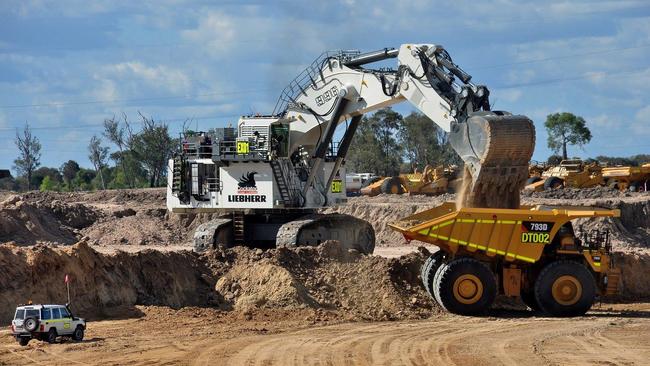
A damning expert report has warned 12 Queensland miners will die in the next five years unless the state’s resources sector breaks the “fatality cycle” and overhauls substandard training and supervision.
After a horror spate of fatalities in the state industry, Queensland Mines Minister Anthony Lynham commissioned forensic structural engineer Sean Brady to analyse the deaths of 47 resources industry workers in Queensland from January 2000 to mid-2019.
His report, tabled in state parliament on Thursday, is a scathing indictment on an industry that outwardly prizes safety above all else, and has denied there are any common factors between the rash of eight deaths in 18 months.
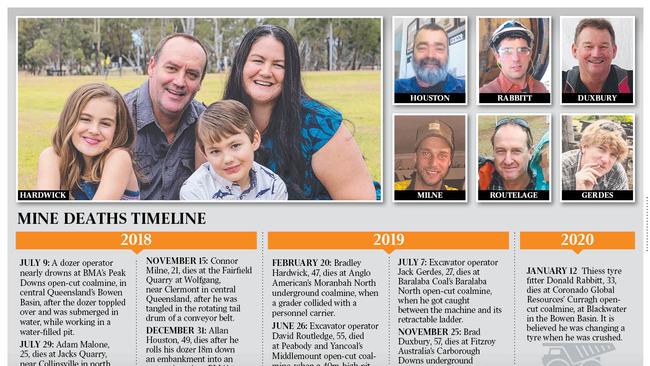
But Dr Brady found very few of the deaths were caused by “freak accidents” and “almost all were the result of systemic, organisational, supervision or training failures, either with or without the presence of human error”.
He said a large number of the fatalities involved a mine worker in a situation they were inadequately trained for, with ineffective controls in place to prevent harm, and no or inadequate supervision.
And Dr Brady also said there was a “fatality cycle,” characterised by periods where there are very few fatalities, followed by a spate of deaths. If training, supervision, and the regulatory system were not overhauled, it would continue in this pattern, with 12 deaths likely in any given five-year period, he said.
“The cycle further suggests that the periods with few to no fatalities should be viewed as simply part of the fatality cycle – they are not evidence of the industry becoming safer over the long term,” he found.
“Instead, further fatalities should be expected as the cycle continues.”
Concerningly, Dr Brady said that instead of the six fatalities between July 2018 and July 2019 being evidence of an “industry in crisis” it was instead the industry “resetting itself to its normal fatality rate”.
Dr Brady also warned that mining companies became complacent after periods of few fatalities, and “drift into failure,” by allowing production to take precedence over safety.
“Production pressures, budget constraints, culture and unions will all interact to govern the safety on site,” he said.
“Drift into failure theory shows that these competing goals, regardless of how often a company stresses that they are committed to safety, will ultimately govern safety on site.”
The Weekend Australian reported that an internal investigation report by mining giant BHP revealed the existence of a “mandate” that put production ahead of safety, that could have contributed to the near-drowning of a dozer operator at the Peak Downs open-cut coal mine in July 2018. But BHP Mitsubishi Alliance asset president James Palmer this week denied there was such a mandate, and said the company wanted coal trucks to keep running to meet production targets, but only if it was safe to do so.
Dr Brady also took aim at the government mine safety regulator, finding its incident reporting system was “cumbersome, ambiguous and difficult for the industry to use,” resulting in under-reporting of incidents.
Queensland Resources Council chief executive Ian Macfarlane said Dr Brady’s report was a “very sobering assessment” that the industry took seriously, and committed to review his recommendations urgently.
Dr Lynham said the government’s Mine Safety and Health Commissioner, along with two committees, was working to examine and implement Dr Brady’s recommendations.
At the same time, the regulator is being transformed, with legislation before parliament to make it independent of government.
Dr Lynham said the regulator was already trying to improve its incident reporting system, and had committed to adopting the “serious accident frequency rate” as its safety measure, rather than the current measure of lost-time injuries, which can be manipulated by the industry.
The Minister said Dr Brady would report back to him in six months with an assessment of how the industry and the regulator had adopted his recommendations.


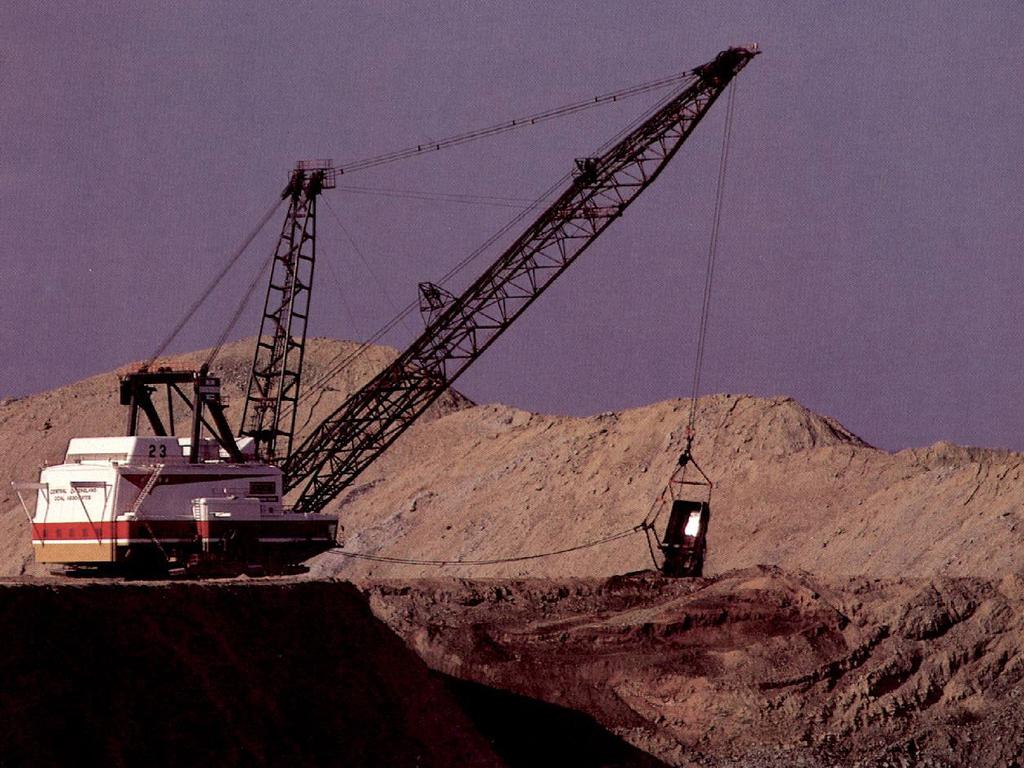
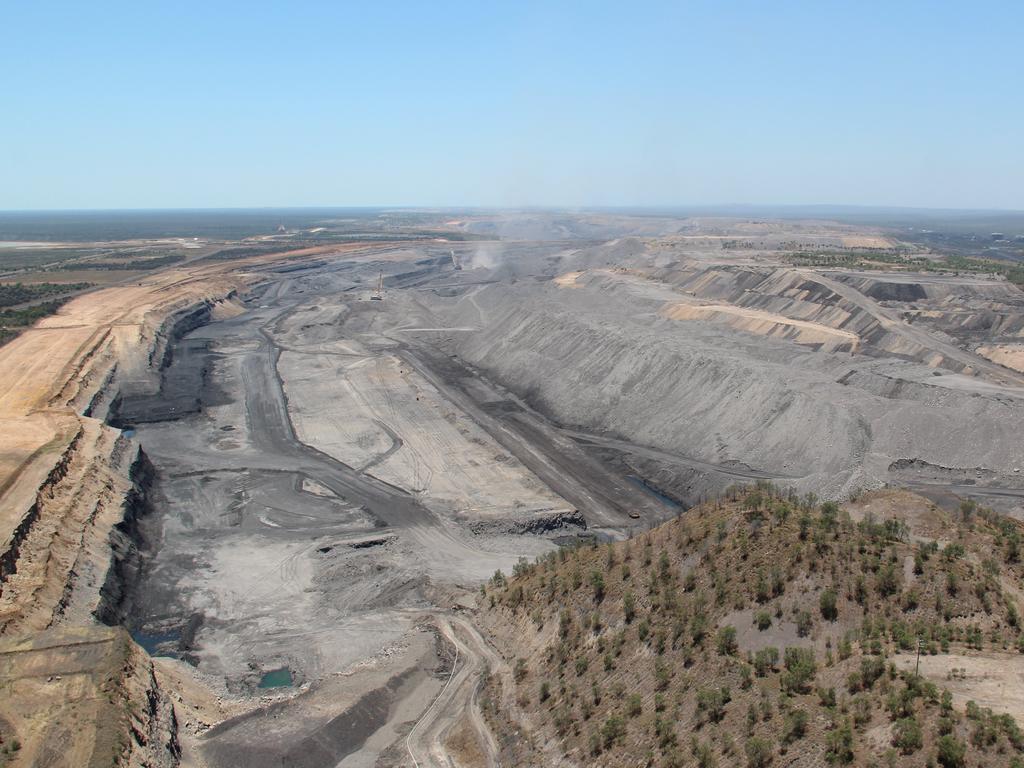
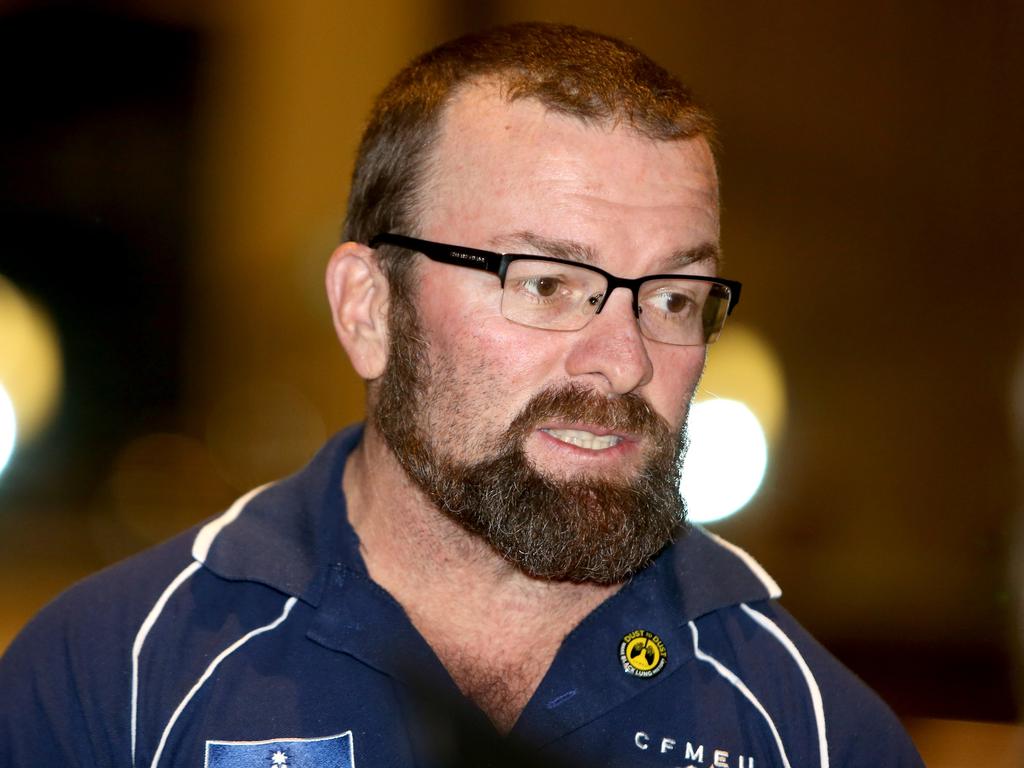

To join the conversation, please log in. Don't have an account? Register
Join the conversation, you are commenting as Logout